Have you ever wondered if your Oriental Shorthair Cat’s urinary issues are more than just a minor inconvenience?
Welcome to a comprehensive guide on understanding and tackling the urinary health challenges faced by your beloved Oriental Shorthair. These slender, elegant felines are more prone to urinary problems than you might think, but worry not. Our article offers actionable advice and preventative measures to help you keep your cat’s urinary tract in top condition. By staying informed and proactive, you can ensure your Oriental Shorthair lives a healthy and comfortable life.
Key Takeaways
- Recognize common urinary issues in Oriental Shorthair cats to act promptly.
- Understand the importance of early diagnosis and regular check-ups.
- Implement dietary changes to support urinary health.
- Increase your cat’s water intake to prevent urinary tract issues.
- Create a low-stress environment to reduce the risk of urinary problems.
Understanding Oriental Shorthair Urinary Health
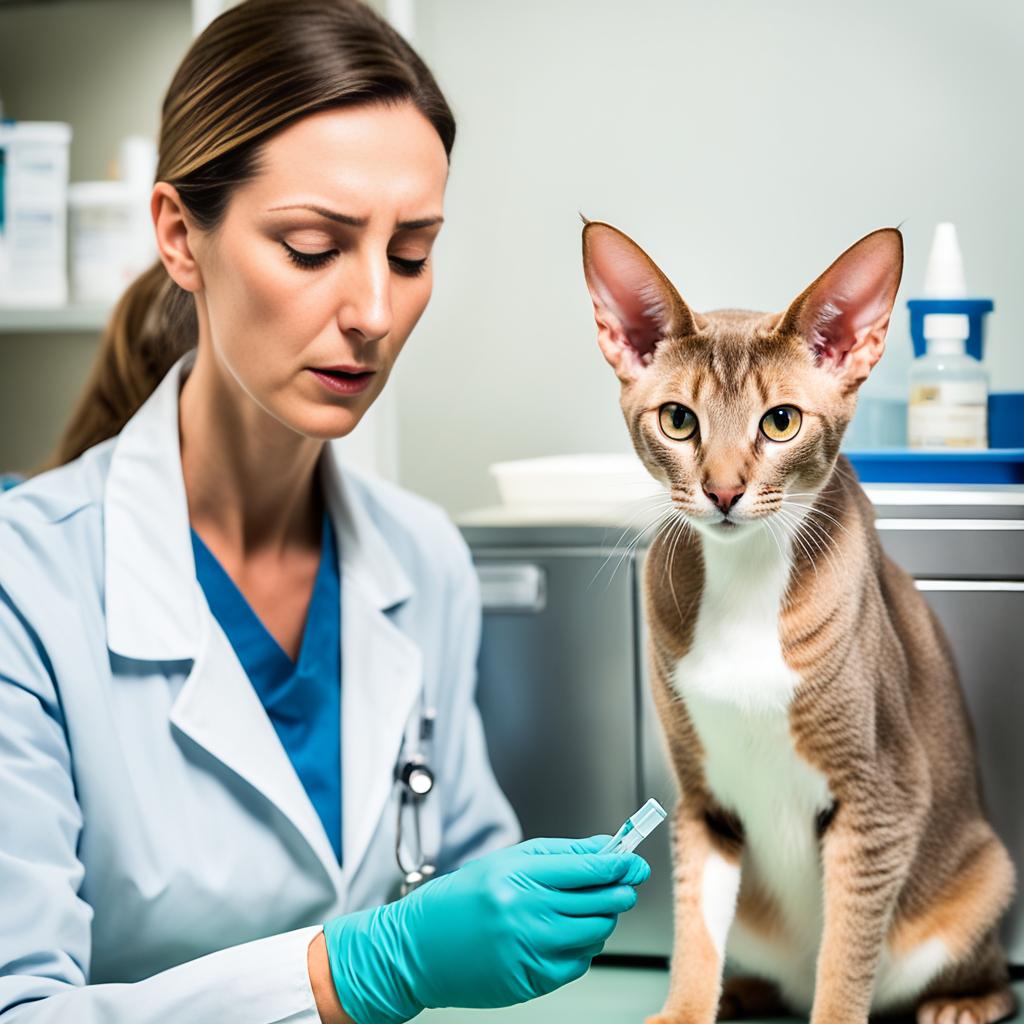
Keeping a close eye on your Oriental Shorthair’s urinary health is paramount. These cats, known for their sleek looks and charming personalities, can often face various urinary issues that require prompt attention.
Common Urinary Problems in Oriental Shorthairs
Oriental Shorthair cats can experience several urinary health problems, including urinary tract infections, bladder stones, and even chronic kidney disease. These Oriental Shorthair Cat health problems should not be taken lightly and need immediate veterinary care.
Symptoms to Look Out For
Spotting the symptoms early can make all the difference. Look for signs such as frequent urination, straining to urinate, or blood in the urine. If your cat begins to show any of these symptoms, it could be indicative of Oriental Shorthair Cat urinary issues that require prompt diagnosis and treatment.
Importance of Early Diagnosis
Early diagnosis is critical in managing Oriental Shorthair Cat health problems. The sooner you identify the issue, the quicker you can implement effective treatments. Delaying can lead to complications that might otherwise be preventable. Always consult your veterinarian at the first sign of trouble to ensure your feline friend stays healthy and happy.
Causes of Oriental Shorthair Cat Urine Problems
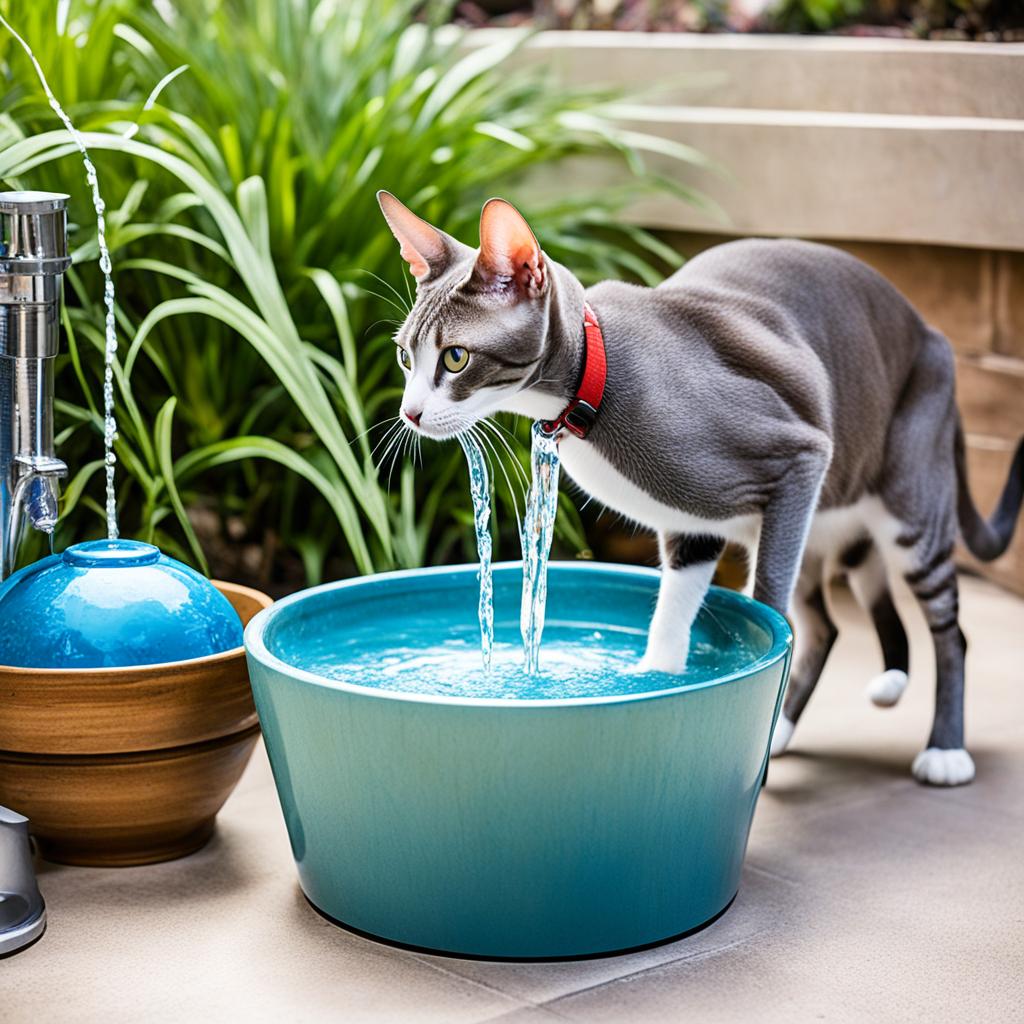
Understanding the causes behind Oriental Shorthair Cat urine problems is essential for pet owners aiming to provide the best care for their feline friends. Let’s dive into the key factors contributing to these issues.
Dietary Factors
Your cat’s diet plays a pivotal role in maintaining urinary health. Foods that are too high in magnesium or phosphorus can contribute to crystal formation in the urinary tract. Ensuring a balanced diet rich in moisture can be one of the effective ways to prevent Oriental Shorthair Cat urinary issues.
Genetic Predispositions
Genetics can be a double-edged sword. Oriental Shorthair cats have a genetic predisposition to certain urinary problems. Understanding these inherited traits can help you take proactive measures to mitigate potential issues.
Environmental Stressors
Stress can be a silent but significant contributor to Oriental Shorthair Cat urine problems. Changes in the environment, such as moving to a new home or the introduction of a new pet, can lead to stress-induced urinary issues. Reducing stress through a stable and enriching environment can be one of the crucial ways to prevent Oriental Shorthair Cat urinary issues.
“Environmental factors, diet, and genetics all play a role in your feline’s urinary health. Addressing these can keep those pesky problems at bay.”
Understanding these key causes allows you to take informed steps in preventing and managing urinary issues in Oriental Shorthair cats.
| Factor | Impact on Urinary Health |
|---|---|
| Diet | High in magnesium and phosphorus can lead to crystals |
| Genetics | Predisposition to certain urinary conditions |
| Stress | Environmental changes can cause stress-induced issues |
How to Address Oriental Shorthair Cat Urinary Issues?

Maintaining your Oriental Shorthair cat’s urinary health requires vigilant care and professional consultation. Understanding how to navigate through potential urinary issues involves several steps, from initial veterinary advice to tailored treatments.
Consulting Your Veterinarian
The first step in addressing any urinary issues in your Oriental Shorthair cat involves seeking professional advice. Your veterinarian can provide a comprehensive evaluation of your cat’s health, identifying any underlying issues that might be contributing to urinary troubles. Professional guidance ensures you’re heading in the right direction from the get-go.
Routine Check-Ups and Diagnostics
Regular check-ups are crucial for maintaining your cat’s urinary health. Routine diagnostics, including urine analysis and blood tests, help in early detection of any problems. These check-ups are an essential part of your Oriental Shorthair Cat urinary health tips regimen, enabling quick and effective intervention if needed. Consistent monitoring can vastly improve outcomes and reduce the risk of complications.
Treatment Options Available
Once a diagnosis is made, your veterinarian may suggest various treatment options. These may include medication to treat infections or inflammation, dietary adjustments to prevent stone formation, or, in severe cases, surgery. Following your vet’s recommendations is crucial when figuring out how to address Oriental Shorthair Cat urinary issues. Here’s a quick look at some potential treatments:
| Treatment Option | Description | Benefits |
|---|---|---|
| Medication | Antibiotics, anti-inflammatories | Quick relief from infection or inflammation |
| Dietary Adjustments | Prescription cat food, increased hydration | Prevents stone formation and promotes urinary health |
| Surgery | Removal of stones or obstructions | Tackles severe issues directly and effectively |
By being proactive and following Oriental Shorthair Cat urinary health tips, you can manage and mitigate urinary issues effectively. Regular veterinary consultations, routine check-ups, and adhering to recommended treatments ensure your furry friend stays healthy and happy.
Prevention Tips for Avoiding Urinary Tract Issues
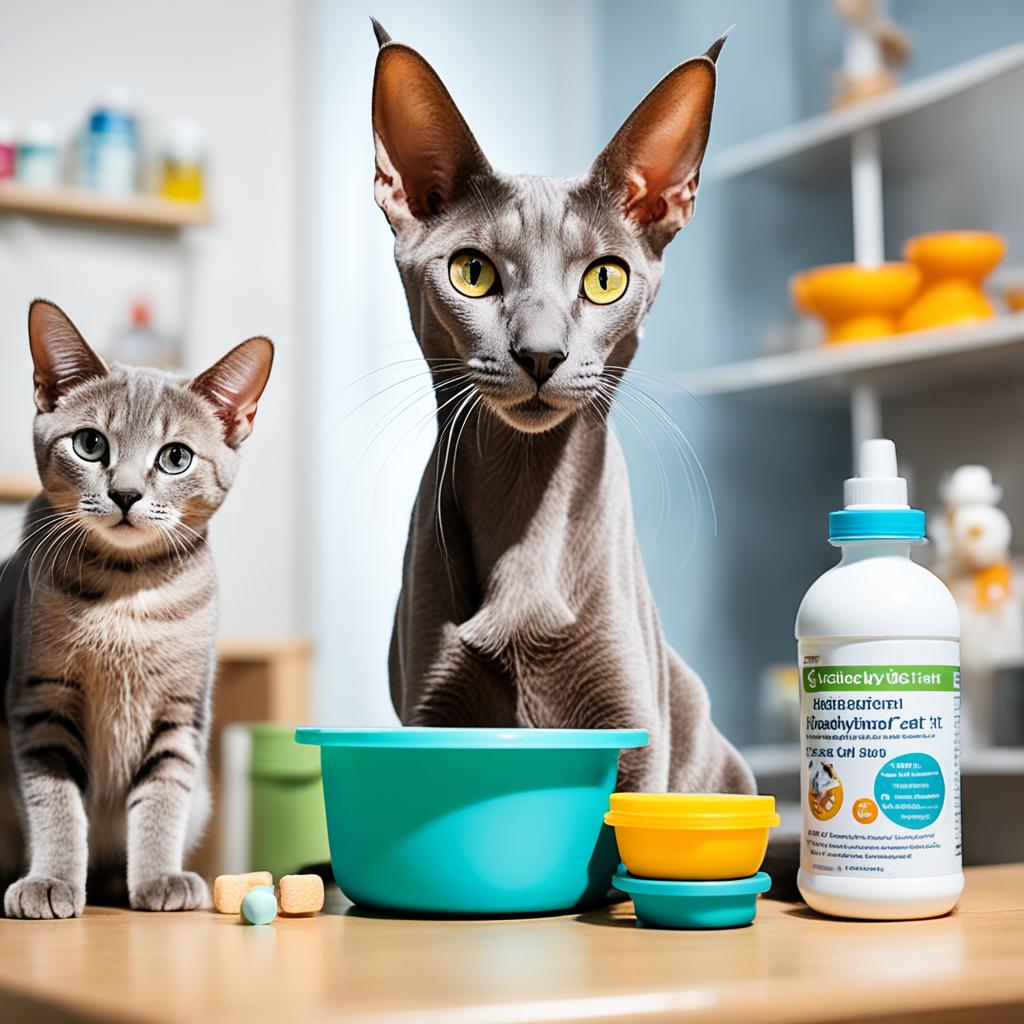
Maintaining the urinary health of your Oriental Shorthair cat is essential for their overall well-being. When you’re looking for ways to prevent Oriental Shorthair Cat urinary issues, keeping your feline hydrated tops the list. A consistent water intake helps flush out toxins and reduce the formation of urinary crystals.
Another effective prevention strategy involves providing a balanced diet. High-quality, moisture-rich cat foods are recommended as they support optimal urinary function. Including a mixture of wet and dry food can also ensure your cat gets enough liquids daily.
- Hydration: Always have fresh water available and consider using water fountains, as cats often prefer running water.
- Balanced Diet: Opt for cat food formulated to support urinary health. Foods with controlled mineral content are beneficial.
| Preventative Measure | Benefits |
|---|---|
| Hydration | Flushes toxins and reduces crystal formation |
| Balanced Diet | Supports optimal urinary function with controlled minerals |
| Stress Reduction | Prevents urinary issues caused by environmental stressors |
Monitoring your cat’s urinary behavior is crucial. Any changes such as frequent urination or straining can be early indicators of potential problems. Holistic approaches, like reducing environmental stress, are also pivotal in managing Oriental Shorthair Cat urinary health tips. A calm and comfortable environment reduces the likelihood of stress-induced urinary issues.
Stay vigilant and proactive. Following these ways to prevent Oriental Shorthair Cat urinary issues can help your feline friend stay happy and healthy, saving you both from undue stress and potential health complications.
Feeding Your Oriental Shorthair: What to Include and Avoid

Feeding your Oriental Shorthair properly is crucial for managing Solutions for Oriental Shorthair Cat urinary tract issues and other Oriental Shorthair Cat health problems. Knowing what to include and avoid in their diet can make a significant difference.
Recommended Diets
When it comes to Solutions for Oriental Shorthair Cat urinary tract issues, moisture-rich foods like wet cat food are highly recommended. These foods help maintain hydration levels and dilute urine concentration, reducing the risk of urinary problems. Additionally, look for foods with controlled mineral content, specifically those low in magnesium and phosphorous, which can contribute to crystal formation. Specialized urinary health diets from reputable brands like Hill’s Science Diet or Royal Canin can also be beneficial.
Foods to Avoid
Steer clear of foods high in oxalates, such as spinach and beet greens, as well as those with high salt content. These can exacerbate Oriental Shorthair Cat health problems by contributing to the formation of urinary crystals and stones. Dry cat food, although convenient, can lead to dehydration and should be limited or supplemented with plenty of fresh water or wet food alternatives.
The Role of Hydration in Urinary Health
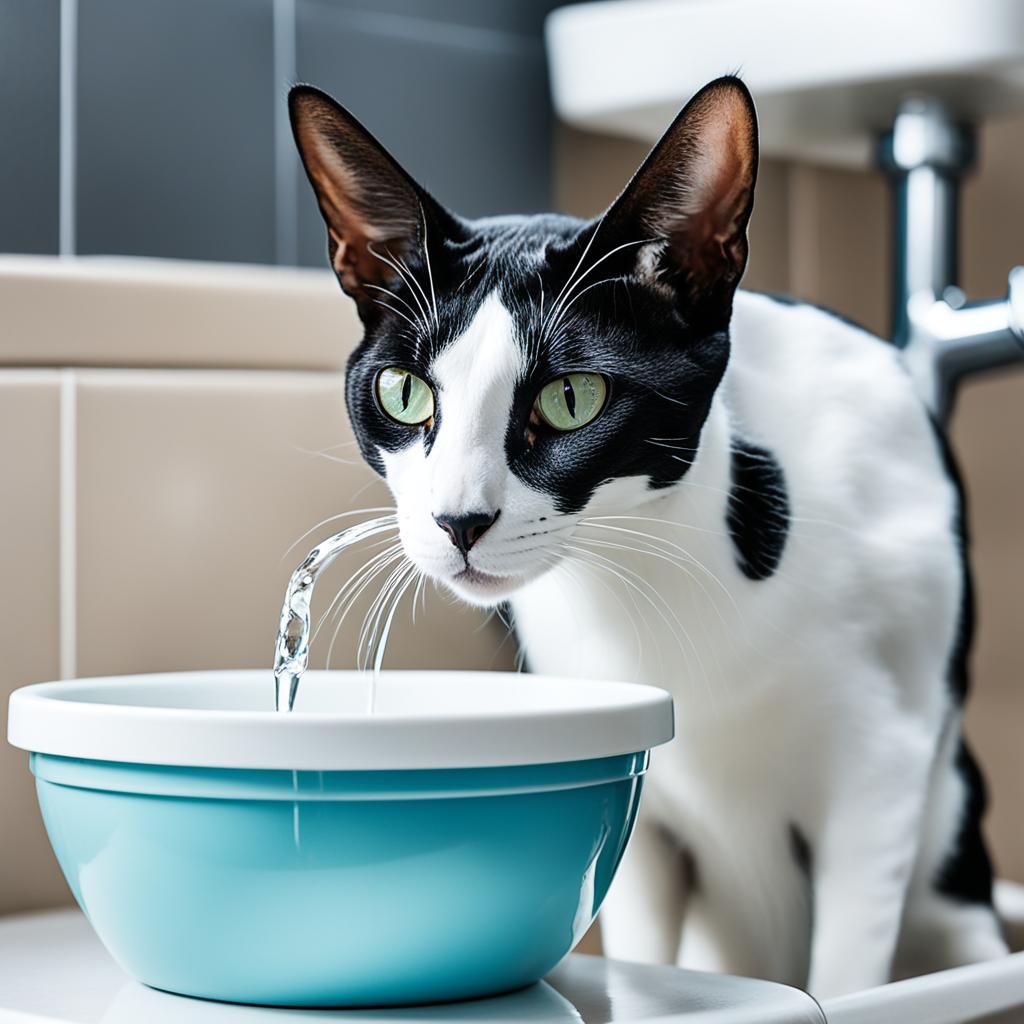
Ensuring your Oriental Shorthair cat stays well-hydrated is vital for maintaining optimal urinary health. Understanding how to encourage water intake and the use of water fountains, along with the benefits of wet food versus dry food, can significantly impact your furry friend’s wellbeing.
Encouraging Water Intake
One of the fundamental approaches to preventing Oriental Shorthair Cat urine problems is to ensure they drink enough water. Cats often don’t have a strong thirst drive, so you might need to get creative. Try placing multiple water bowls around the house or flavoring the water with a little bit of tuna juice or chicken broth to make it more enticing.
Use of Water Fountains
Water fountains can be a game-changer for cats. These devices are not only attractive to cats who are fascinated by moving water, but they also keep the water fresh and clean. Investing in a good quality water fountain can reduce common Oriental Shorthair Cat health problems related to dehydration and urinary tract issues.
Wet Food vs. Dry Food
The age-old debate of wet food vs. dry food comes with significant implications for your cat’s urinary health. Wet food contains a higher moisture content, which naturally contributes to better hydration and can help mitigate Oriental Shorthair Cat urine problems. Dry food, while beneficial for dental health, lacks the necessary moisture and might need to be supplemented with additional water intake methods.
| Hydration Method | Benefits | Drawbacks |
|---|---|---|
| Water Bowls | Accessible, easy to refill | Prone to getting dirty quickly |
| Water Fountains | Encourages drinking, keeps water fresh | Requires cleaning and maintenance |
| Wet Food | High moisture content, variety of flavors | Can be more expensive, may spoil quickly if left out |
| Dry Food | Convenient, good for dental health | Low moisture content; may require additional hydration methods |
Behavioral Signs and When to Seek Help
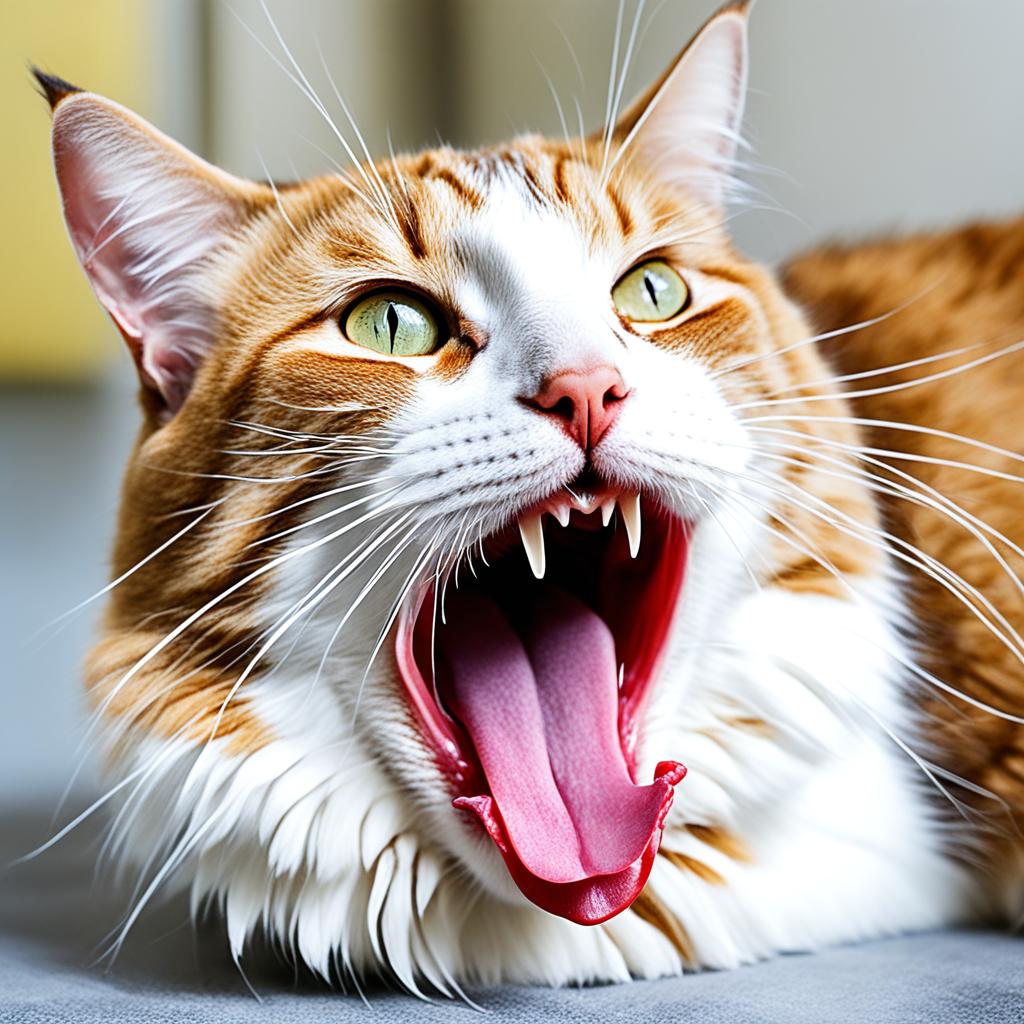
Recognizing the symptoms to look out for in your Oriental Shorthair cat is essential for maintaining its urinary health. Sudden changes such as frequent litter box use, vocalizing during urination, and urinating outside the litter box are clear indicators of potential Oriental Shorthair Cat urinary issues.
When your Oriental Shorthair starts showing these behavioral patterns, it’s time to consult your veterinarian.
Catching these symptoms to look out for early can help in managing and treating any Oriental Shorthair Cat urinary issues effectively. Here are some key signs that require immediate attention:
- Increased frequency of urination but only passing small amounts.
- Straining or crying out during urination.
- Blood in the urine.
- Urinating in unusual places.
Your vigilance in picking up these subtle changes in your cat’s behavior can pave the way for prompt medical intervention. Understanding what the symptoms to look out for are is fundamental in ensuring your Oriental Shorthair cat remains happy and healthy, preventing minor issues from escalating into severe Oriental Shorthair Cat urinary issues.
| Behavioral Sign | Potential Issue |
|---|---|
| Frequent litter box use | Possible urinary tract infection |
| Vocalizing during urination | Possible bladder discomfort |
| Urinating outside the litter box | Possible urinary obstruction |
Long-term Management for Oriental Shorthair Cats
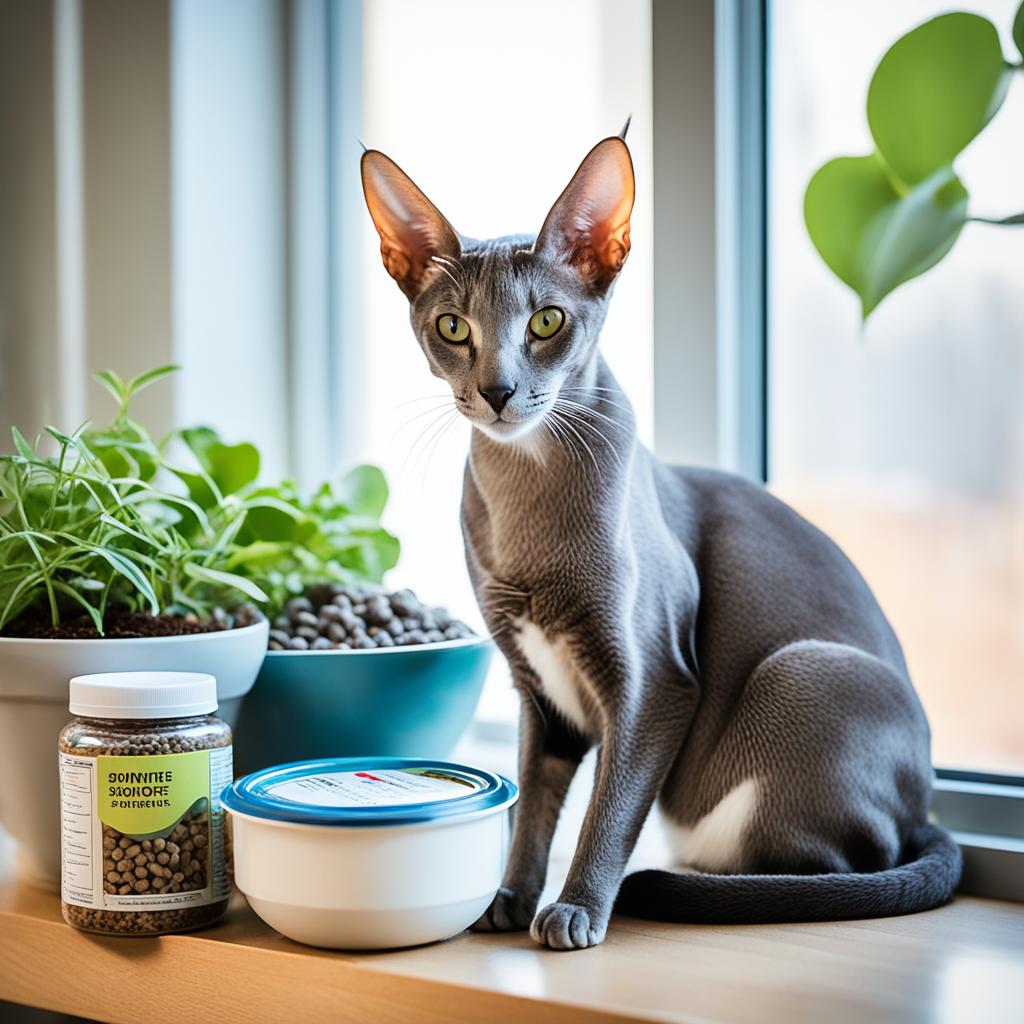
Ensuring the long-term urinary health of your Oriental Shorthair cat necessitates consistent care and awareness. By keeping a keen eye on their behavior and physical health, you can prevent potential complications and maintain their well-being.
Ongoing Monitoring
Regularly observing your cat’s water intake, urinary output, and general behavior is paramount. Effective monitoring helps in detecting early signs of urinary issues and provides a baseline to understand your cat’s normal patterns. It’s an essential step in how to address Oriental Shorthair cat urinary issues proactively.
Adjusting Care Plans as Needed
Your cat’s needs may evolve over time, necessitating adjustments in their care routine. Whether it’s tweaking their diet, increasing water availability, or modifying their environment to reduce stress, these changes can be vital in preventing urinary issues. Consistent evaluation and flexibility in care plans are beneficial ways to prevent Oriental Shorthair cat urinary issues.
Maintaining Optimal Health
The ultimate goal is to maintain your cat’s overall health through a balanced approach focusing on nutrition, hydration, and a stress-free environment. Combining these elements ensures that your Oriental Shorthair thrives and remains free from urinary problems. Addressing their urinary health proactively and making thoughtful adjustments as needed can lead to a happier, healthier life for your feline companion.
Conclusion
Ensuring the urinary health of your Oriental Shorthair cat is a delicate yet essential endeavor. Recognizing and understanding common symptoms, such as frequent urination or blood in the urine, empowers you to act swiftly. Ignorance is not bliss when it comes to your cat’s well-being. Identifying potential causes and consulting with your veterinarian early can pave the way for effective treatment and management.
Proactive measures like maintaining a balanced, moisture-rich diet and reducing environmental stressors are solid steps toward urinary heath. Oriental Shorthair Cat urinary health tips, such as incorporating water fountains and focusing on hydration, can mitigate prevalent urinary issues while adding a splash of joy to their everyday lives.
In summary, combining vigilant monitoring with learned insights and professional advice ensures your Oriental Shorthair thrives. By following these solutions for Oriental Shorthair Cat urinary tract issues, you set the stage for a healthier, happier feline friend. So, keep those litter boxes clean, their diet optimal, and always be on the lookout for any unusual signs. Your furry companion will thank you with purrs and affection.




